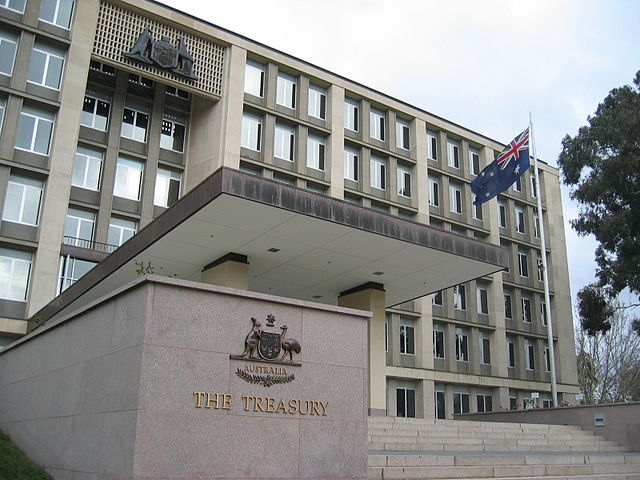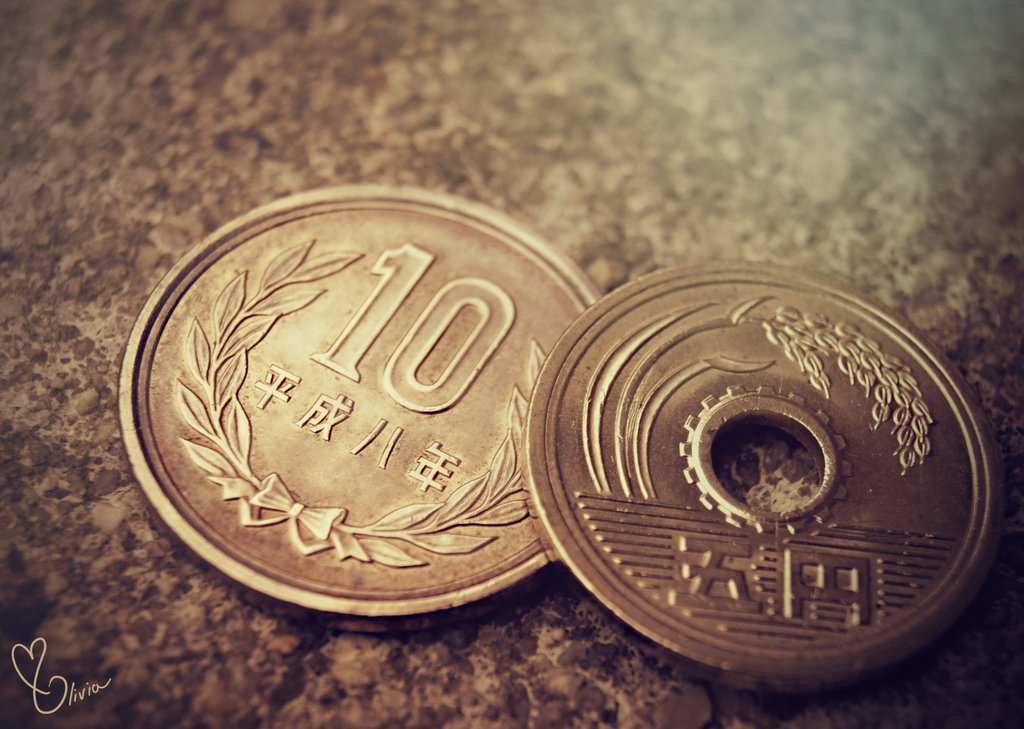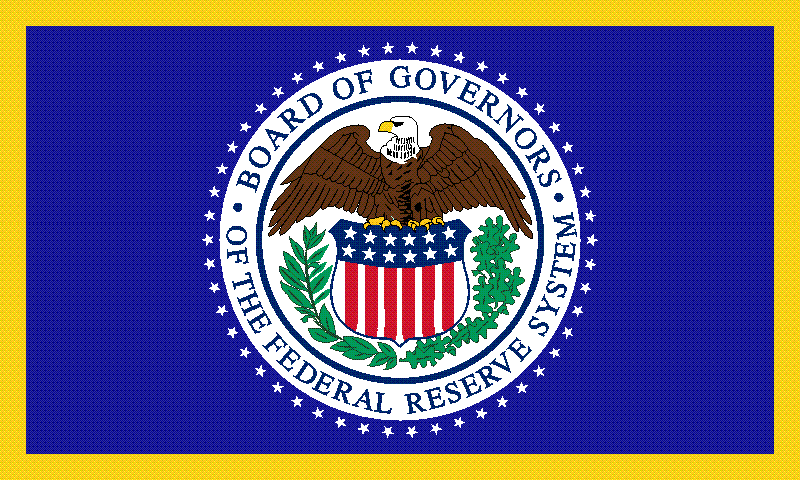With Switzerland’s central bank expecting to record big losses for 2013, it finds itself in a position where it will be unable to pay its usual dividends to the government and shareholders. This has been attributed mainly due to the decline in value of its gold holdings. However, Switzerland is not the only central bank to have taken a hit. Central banks worldwide own a staggering 18% of all the gold ever mined, with Russia increasing its reserves by 20% after prices reached a record $1,921.15 an ounce in September 2011. However, as central banks were busy buying, investors were losing confidence in the metal’s value. Did the world’s top economists at the central banks miss all the warning signs and why were they not rushing to sell? Oren Laurent’s latest article discusses the current situation and gives his verdict on whether this dependence on gold will pay off or not in the future. Read more…
Tag Archives: central banks

Aussie Dollar Rising Against Central Bank’s Efforts
Australian bankers are beginning to find attention on their dollar uncomfortably high as it foils their attempts at lessening the currency’s strength.
Central banks around the world have shown increased interest in adding the currency from down-under to their reserve funds. Westpac Banking Corp., the second-largest Australian bond underwriter reported that its interaction with central banks has tripled, reaching over 60 nations in the past three yeas. In fact, more that a quarter of the 2033 Australian Commonwealth bonds were bought by central bank in an unprecedented sale last week, according to statements by the Australian funding arm on 20th November.
In a statement on 21st of November, Reserve Bank of Australia Governor Glenn Stevens attributed the Aussie dollar’s rising strength to the search for higher profits and the country’s AAA status, saying that would not “eschew” a monetary intervention if necessary.
The most recent addition of the Australian dollar to reserve currencies comes from the South African central Bank this month. Australian bonds, on the other hand, have been rated as the second-worst-performing in a list of sovereign markets monitored by indices of the Financial Analysts Societies of the European Federation and Bloomberg, having cost investors dealing in U.S. dollars a 12.6 percent loss this year.
The global head of fixed income at Westpac, Michael Correa, said on 21st November that “there is a perception of Australia being part of the reserve currencies or part of a core portfolio. The central banks’ participation in ACGBs will be a long-term participation. I don’t see them going away.”
And it’s not just their currency their after. According to Correa, central banks everywhere have also been eyeing other excellent Australian debt-securities.

Central Bankers Gone Wild?
The ripple effect of the 16-day U.S. government shutdown that made headlines around the world earlier this month has now started to make waves across the planet, showing the real weight of the dollar in the global economic pool.
Earlier this week the Bank of Canada spoke about the need of future interest-rate increase, avoiding the language it used in earlier decision concerning ‘gradual normalisation’, while the central banks of Norway, Sweden, and the Philippines decided yesterday to postpone raising their interest rates further into the future as well. The announcements bolster the Federal Reserves’ plan to delay the withdrawal of its stimulus plan until well into next year. But it is not just the big players who join the movement: from Hungary to Chile, emerging markets around the world have cut interest rates in the past two months.
With inflation and job growth in the industrial world stubbornly refusing to climb to higher levels and a weakening in developing nations, policy makers continue their path of monetary easing in an attempt to jolt global growth from its stagnant position. If recent economic history has taught us anything, however, it is that stimulus creates asset bubbles that play havoc on the markets when they finally burst. And the current bubble has already been inflated by drastic home-price increases across the globe and the MCSI World Index of developed-world stock markets dangerously inching towards its highest level since 2007.
Some economists warn that the current conditions of central bankers pumping liquidity into the markets and promising to keep interest rates down are not normal. Yet, such has been the environment for five years now, as monetary authorities have sought to protect global economy from deflation and have turned to quantitative easing as a means to expedite its recovery. But to what cost?
The financial rewards have so far been limited. The International Monetary Fund this month has clipped its projections for global economic growth from 3.1 to 2.9 percent for 2013, and from 3.8 to 3.6 percent for 2014. It also expects most central banks across wealthy nations to favour lower inflation rates which already fall below the 2 percent average.










